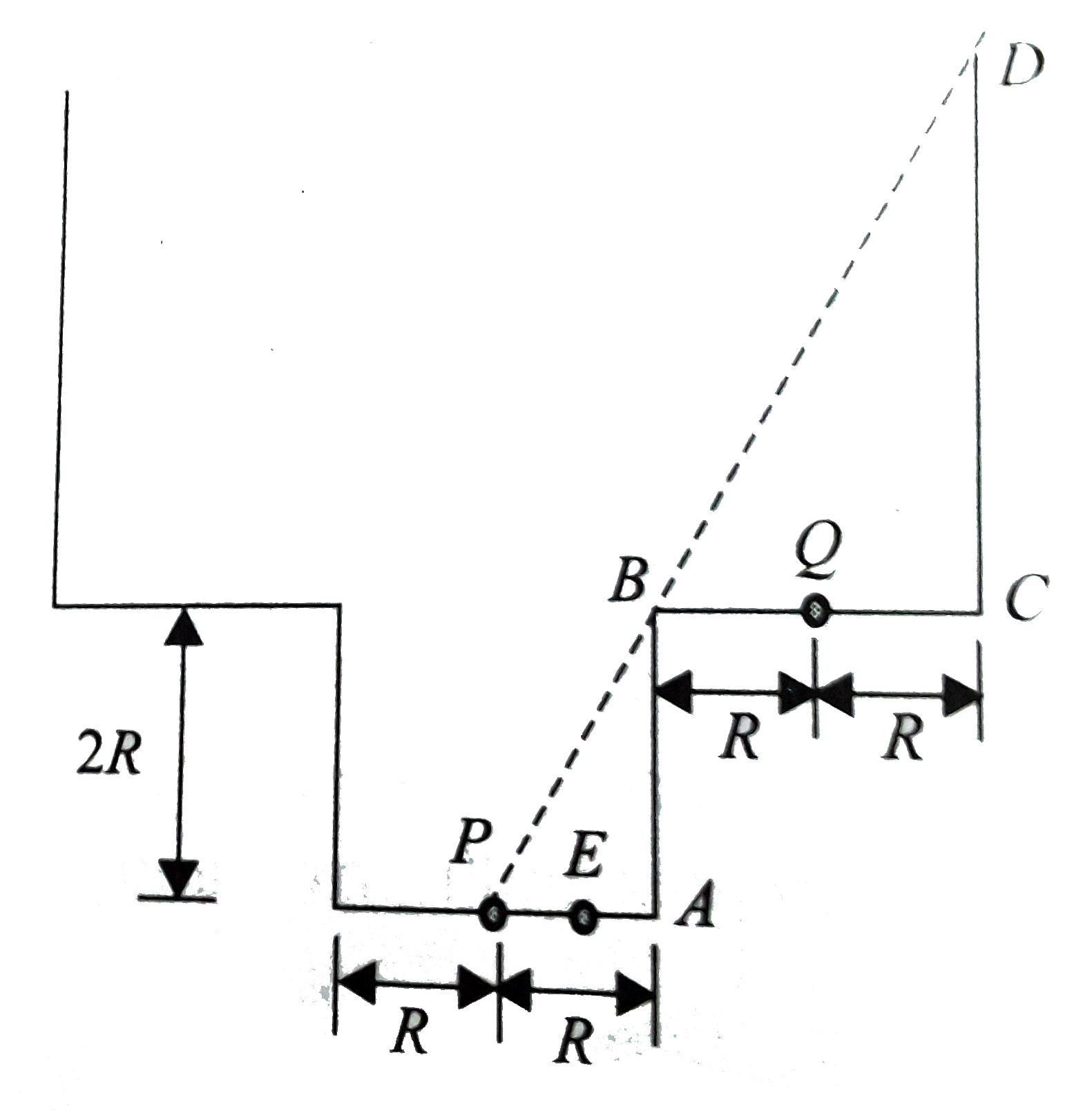A vessel of 200 gm weight is filled with some kerosene. If weight of the vessel with the keroseine is 270 g, then how much kerosene is filled in the vessel?
70ml
80ml
8ml
70ml
To solve the problem of how much kerosene is filled in the vessel, we can follow these steps:
Step 1: Identify the weights given in the problem
- Weight of the empty vessel = 200 grams
- Weight of the vessel filled with kerosene = 270 grams
Step 2: Calculate the weight of the kerosene
To find the weight of the kerosene, we subtract the weight of the empty vessel from the total weight of the vessel with kerosene.
Weight of kerosene=Weight of vessel with kerosene−Weight of empty vessel
Substituting the values:
Weight of kerosene=270grams−200grams=70grams
Step 3: Understand the relationship between mass, volume, and density
The density of kerosene is less than that of water, which means it has a density of less than 1 gram per milliliter (g/ml). The formula for density is:
Density=MassVolume
Step 4: Calculate the volume of kerosene
Since we know the mass of the kerosene is 70 grams, we can express the volume in terms of density. Assuming the density of kerosene is approximately 0.8 g/ml (which is a common value), we can rearrange the density formula to find the volume:
Volume=MassDensity
Substituting the values:
Volume=70grams0.8g/ml=87.5ml
Step 5: Conclusion based on the options
Since the calculated volume of kerosene is approximately 87.5 ml, we can compare this with the options provided. The closest option that is less than 87.5 ml is 80 ml. Therefore, we can conclude that the volume of kerosene filled in the vessel is:
Volume of kerosene≈80ml
Final Answer
The amount of kerosene filled in the vessel is 80 ml.
---
- Weight of the empty vessel = 200 grams
- Weight of the vessel filled with kerosene = 270 grams
To find the weight of the kerosene, we subtract the weight of the empty vessel from the total weight of the vessel with kerosene.
The density of kerosene is less than that of water, which means it has a density of less than 1 gram per milliliter (g/ml). The formula for density is:
Since we know the mass of the kerosene is 70 grams, we can express the volume in terms of density. Assuming the density of kerosene is approximately 0.8 g/ml (which is a common value), we can rearrange the density formula to find the volume:
Since the calculated volume of kerosene is approximately 87.5 ml, we can compare this with the options provided. The closest option that is less than 87.5 ml is 80 ml. Therefore, we can conclude that the volume of kerosene filled in the vessel is:
The amount of kerosene filled in the vessel is 80 ml.
Similar Questions
A wide vessel with a small hole in the bottom is filled with water and kerosene. Neglecting the viscosity, find the velocity of the water flow, if the thickness of the water layer is equal to h1=30cm and that of the keroscene layer to h2=20cm.
View SolutionA sphere of diameter 5 cm is dropped into a cylindrical vessel partly filled with water. The diameter of the base of the vessel is 10 cm. If the sphere is completely submerged, by how much will the level of water rise?
View Solution
Knowledge Check
A vessel is full of a mixture of kerosene and petrol in which there is 18% kerosene. Eight litres are drawn off and then the vessel is filled with petrol. If the kerosene is now 15%, how much does the vessel hold?
A40 litresB32 litresC36 litresD48 litresIn a vessel, as shown in Figure., point P is just visible when no liquid is filled in vessel through a telescope in the air. When liquid is filled in the vessel completely, point Q is visible without movint the vessel or telescope. Find the refractive index of the liquid.
 A√143B√855C√2D√3
A√143B√855C√2D√3Three identical vessels A ,B an C are filled with water , mercury and kerosene respectively up to a equal height. The theree vessels are provided with identical taps at the bottom t= of the vessels .If the three taps are opened simultaneously ,then which vessel is emptied first ?
Avessel BBall the vessel A ,B and C will be emptied simultaneouslyCvessel ADvessel C
A metallic sphere of radius 21cm is dropped into a cylindrical vessel, which is partly, filled with water. The diameter of the vessel is 1.68m. If the sphere is completely submerged, find by how much the surface of water will rise.
View SolutionA wide vessel with a small hole in the bottom is filled with water and kerosene. Find the velocity of water flow if the thickness of water layer is h1=30cm and that of kerosene is h2=20cm brgt

View SolutionA sphere of diameter 6cm is dropped in a right circular cylindrical vessel partly filled with water. The diameter of the cylindrical vessel is 12cm. If the sphere is completely submerged in water, by how much will the level of water rise in the cylindrical vessel?
View SolutionA sphere of diameter 6 cm is dropped in a right circular cylindrical vessel partly filled with water. The diameter of the cylindrical vessel is 12 cm. If the sphere is completely submerged in water, by how much will the level of water rise in the cylindrical vessel?
View SolutionA wide vessel with small hole in the bottom is filled with water and kerosence, Neglecting viscosity, the velocity of water flow v, if the thickness of water laer is H1 and that of kerosene layer is H2 is (density of water P1g/ and that of kerosene is P2g/.
View Solution
